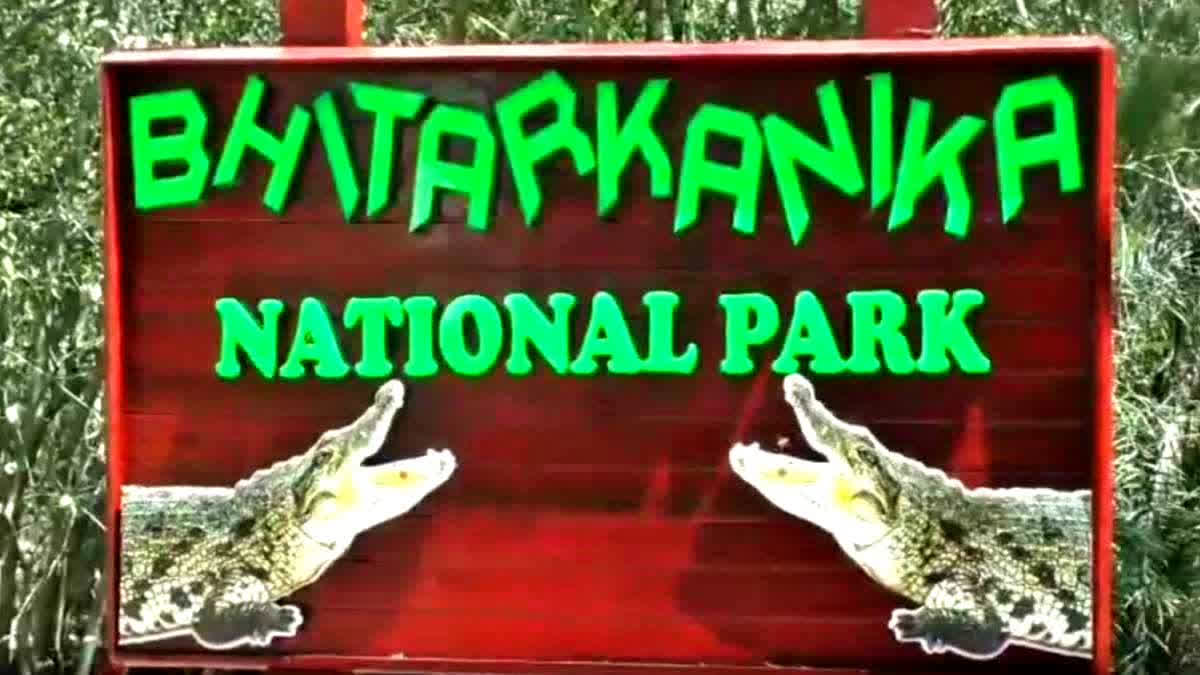Kendrapara: As many as 1,826 crocodiles were counted in the census conducted by Odisha's Forest Department in Bhitarkanika National Park, 15 more than last year.
Rajnagar Forest Range Officer Sudarshan Gopinath Yadav said, "This year, 22 teams were formed and the census was conducted from January 19 to 21. Large crocodiles were counted during the day and those less than six feet long were counted at night with the help of torchlight. Last year, 1,811 crocodiles were counted, but this year the number has increased to 1,826." The national park was closed for tourists from January 14 for the crocodile census.
Crocodile Census Report (2025):
Hatchlings (2 feet): 585
Yearlings (2 to 3 feet): 403
Juveniles (3 to 6 feet): 328
Sub-adults (6 to 8 feet): 164
Adults (more than 8 feet): 346
Crocodile Census Report (2024)
Hatchlings (2 feet): 582
Yearlings (2 to 3 feet): 387
Juveniles (3 to 6 feet): 327
Subadults (6 to 8 feet): 167
Adults (more than 8 feet): 348
After Bhitarkanika was declared a Ramsar site in 1975, the crocodile census was conducted at the park for the first time in 1976. Every year, the national park is closed for tourists for eight to 10 days in January and the census is conducted for at least the days with the help of crocodile experts, wildlife experts and forest officials.
Dr Sudhakar Kar, senior biologist and researcher said, "Usually, crocodiles are counted during the winter. Crocodiles are counted both during the day and night. During the day, large crocodiles are counted with the help of big boats, while at night, small crocodiles are counted with the help of smaller ones. Boats, canoes, binoculars, GPS, cameras, etc. are used during the counting." Similarly, Dr. Shivprasad Parida, professor of the Department of Zoology, Centurion University, said, "The counting is done through GPS tracks at specific places".
Also Read
Record hatching of saltwater crocodiles in Odisha's Bhitarkanika



